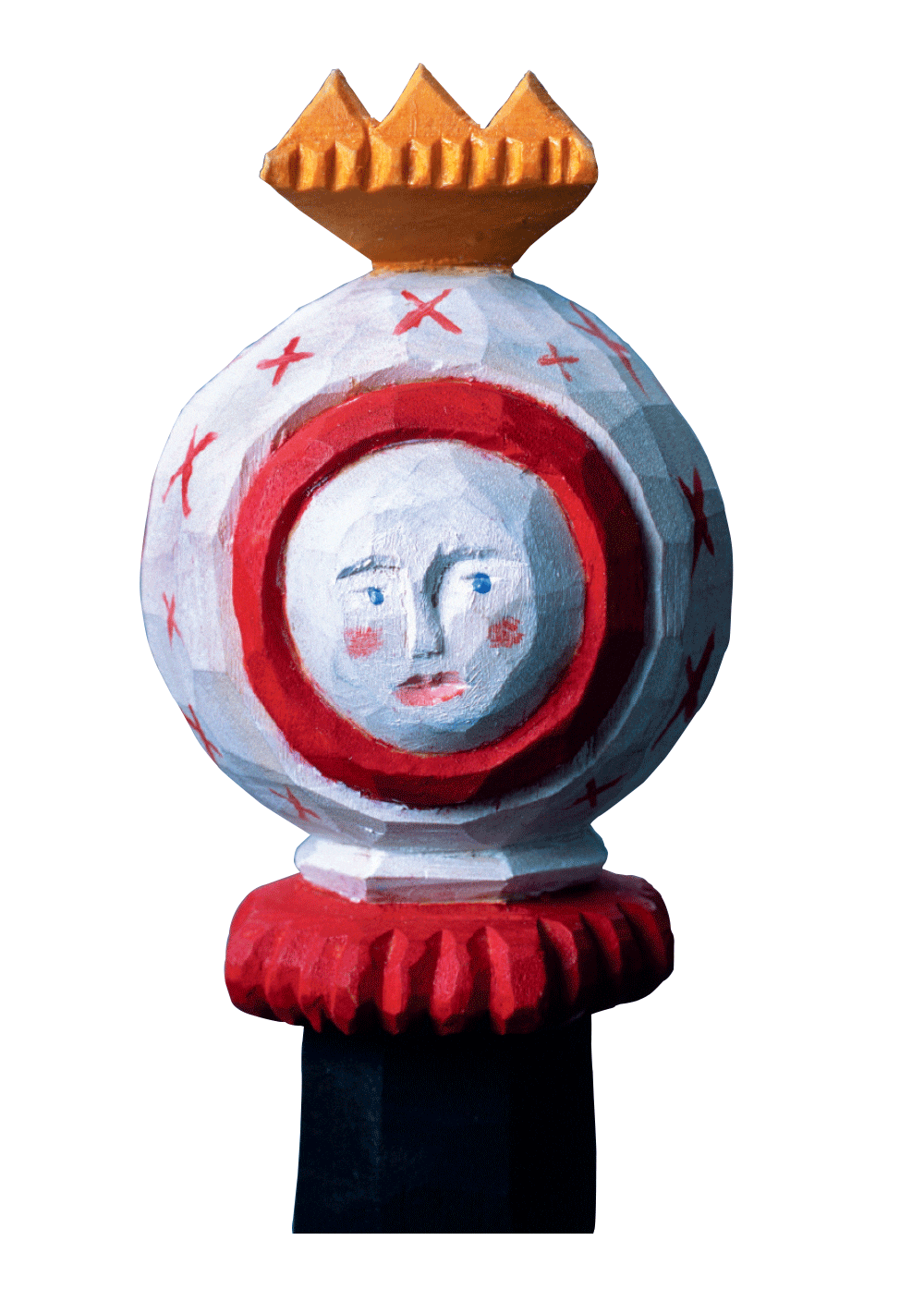
This is an excerpt from “The Woodworker: The Charles H. Hayward Years: Volume I” published by Lost Art Press.
Recently we came across an old type of bow-saw which had been sent to a veteran village carpenter for repair. Its precise origin could not be traced except that, a couple of generations ago, it had come from the estate workshop of a north-country peer. The feature of the tool is an ingenious method of tightening the saw when special rigidity is required. As, too, the saw frame could be made at home, a brief description may be of interest.
The arms (A), of 7/8 in. beech, are about 21-1/2 ins. long, shaped as indicated. Width at top (extreme) is 1-3/4 ins. and at the blade end 1-1/2 ins. The arms are chamfered as shown for comfortable handling, bored for the 1/4 in. top rod, slotted for the saw and notched for the cross stay (B). This latter is of 7/8 in. by 5/8 in., the 5/8 in. width showing on face.
The saw blade is 2-1/4 ins. wide, toothed as shown, and the threaded straining rods have the type of swivel indicated for tightening. The saw may be used for any kind of cross-cutting, plank or round timber, up to a thickness of over 9 ins.

Tightening Device. Turning to Fig. 2, it will be seen that this bow-saw is provided with a second cross-stay (C) which, with the saw shortened, can be fitted to exert special pressure on the blade.
This extra stay is the same as (B) except that it is shaped from a length of beech 1-1/2 ins. wide full by 5/8 in., the swell in the middle being required for piercing on the bevel. This bevel is shown in detail. The stay (B) passes through the bevelled aperture in stay (C), extra notches being cut in the arms (at E) to receive the short tenons on the stays.
The advantage of these crossing stays will be obvious. When the saw blade is adjusted to length, the cross stays fitted and the straining rod tightened, extra strong pressure is applied to the arms at the points XX and the saw will remain rigid for the heaviest work.
In its normal position (Fig 1), the frame, over all, measures fully 2 ft. 6 ins., the height being about 1 ft. 8-1/2 ins.

On the saw described the extra cross stay (C), instead of being thicknessed at the middle, is fitted with an iron collar 4-1/2 ins. long, as at Fig. 3. The opening in this collar has bevelled sides through which the other stay (B) passes. The stay (C) is of course in two parts, both bevelled to fit tightly into the collar. It is believed that the original stay was thicknessed as in Fig. 2, and that the collar was added later as a repair. The collar itself represents an exceptionally neat piece of ironwork.
— Meghan B.



















